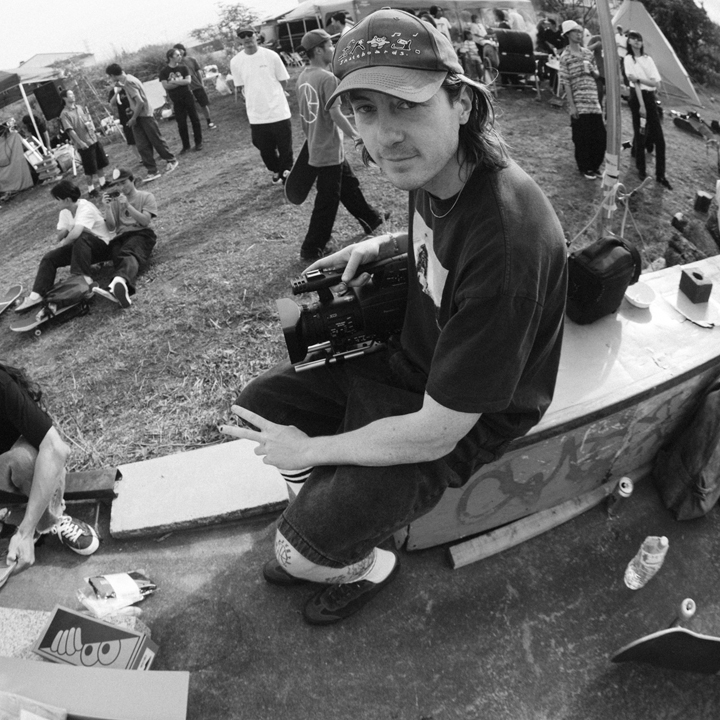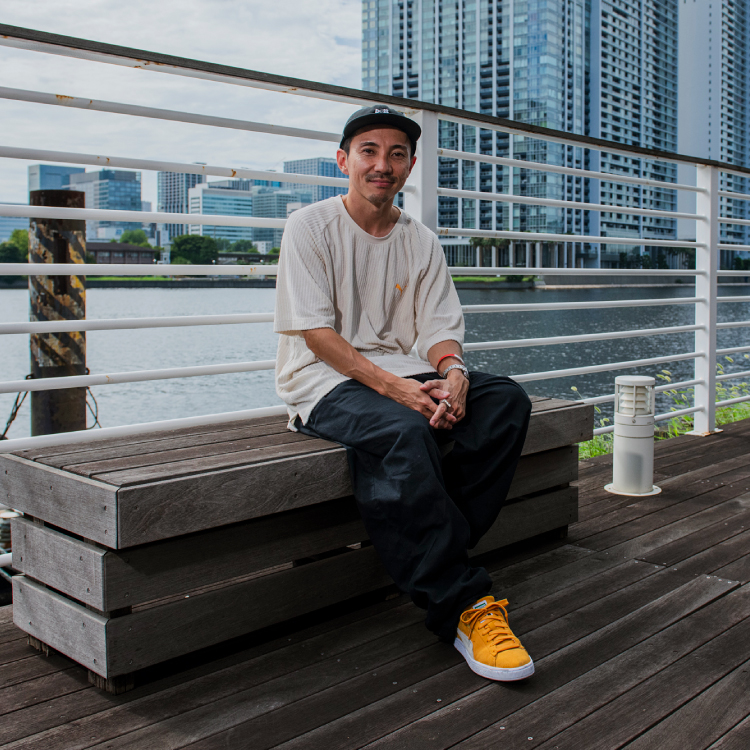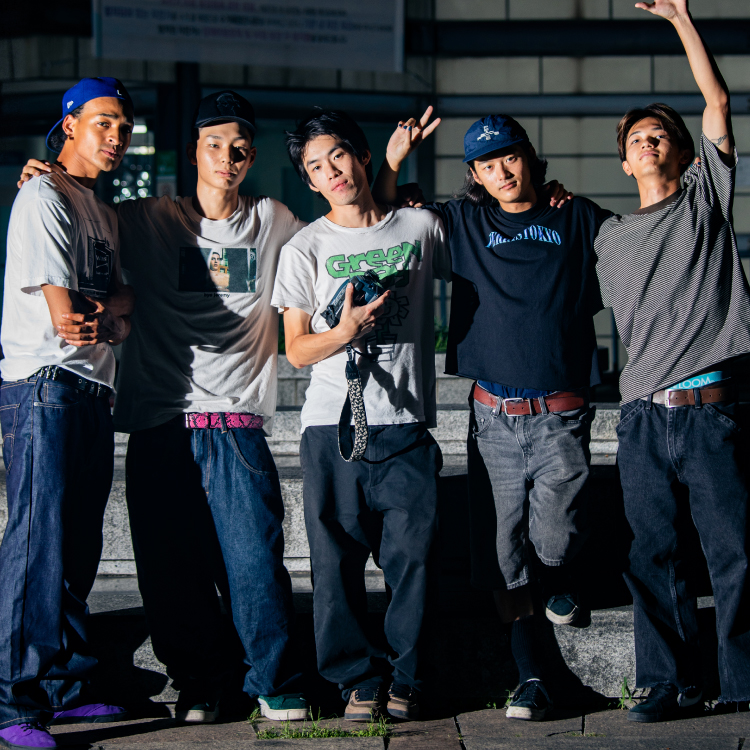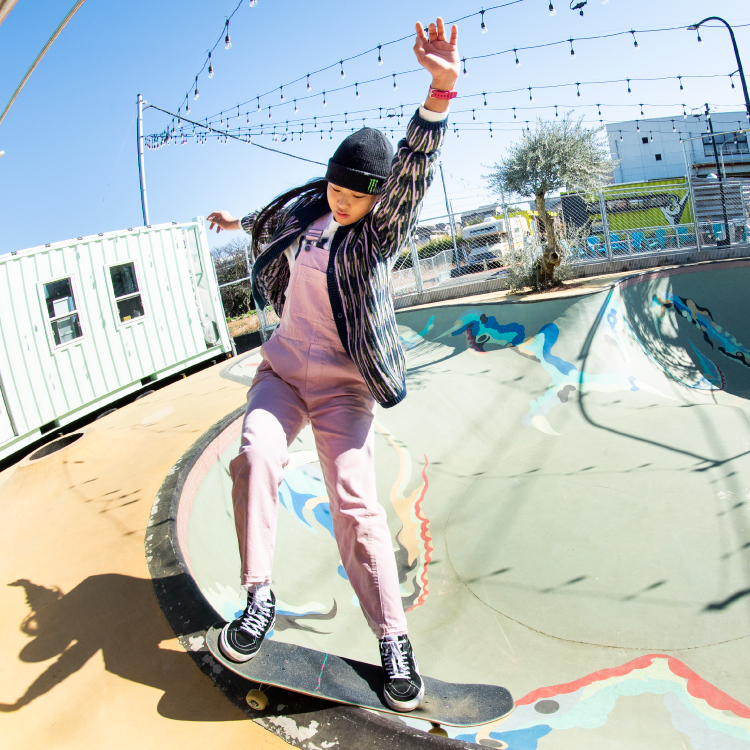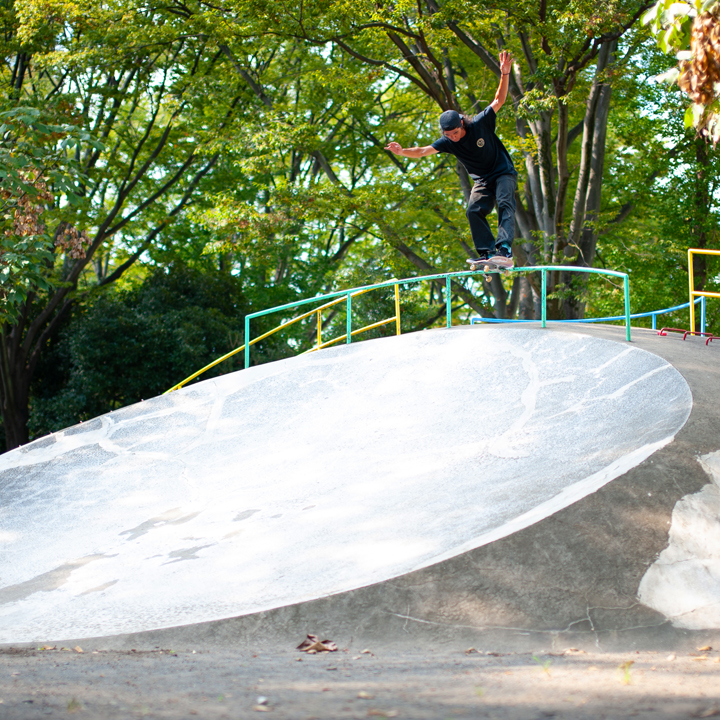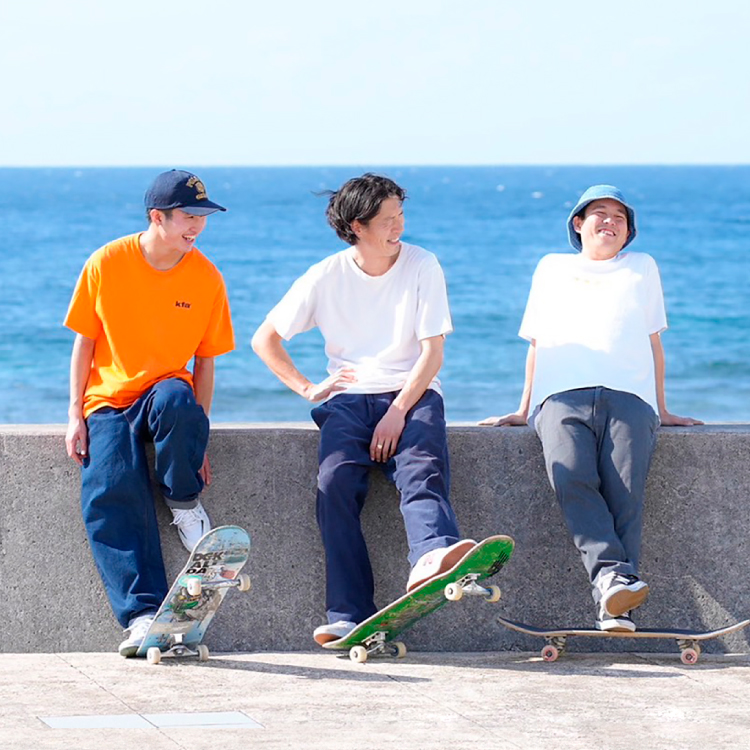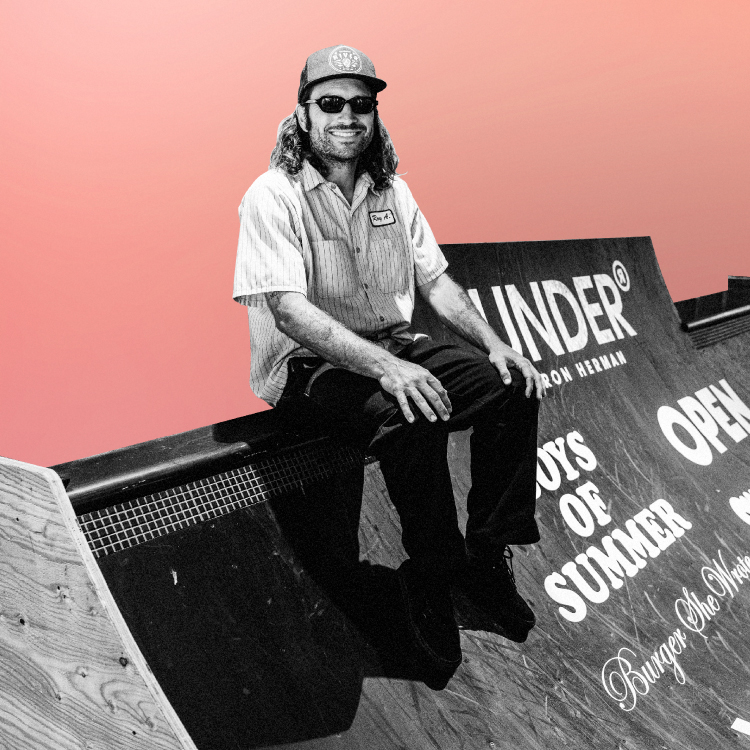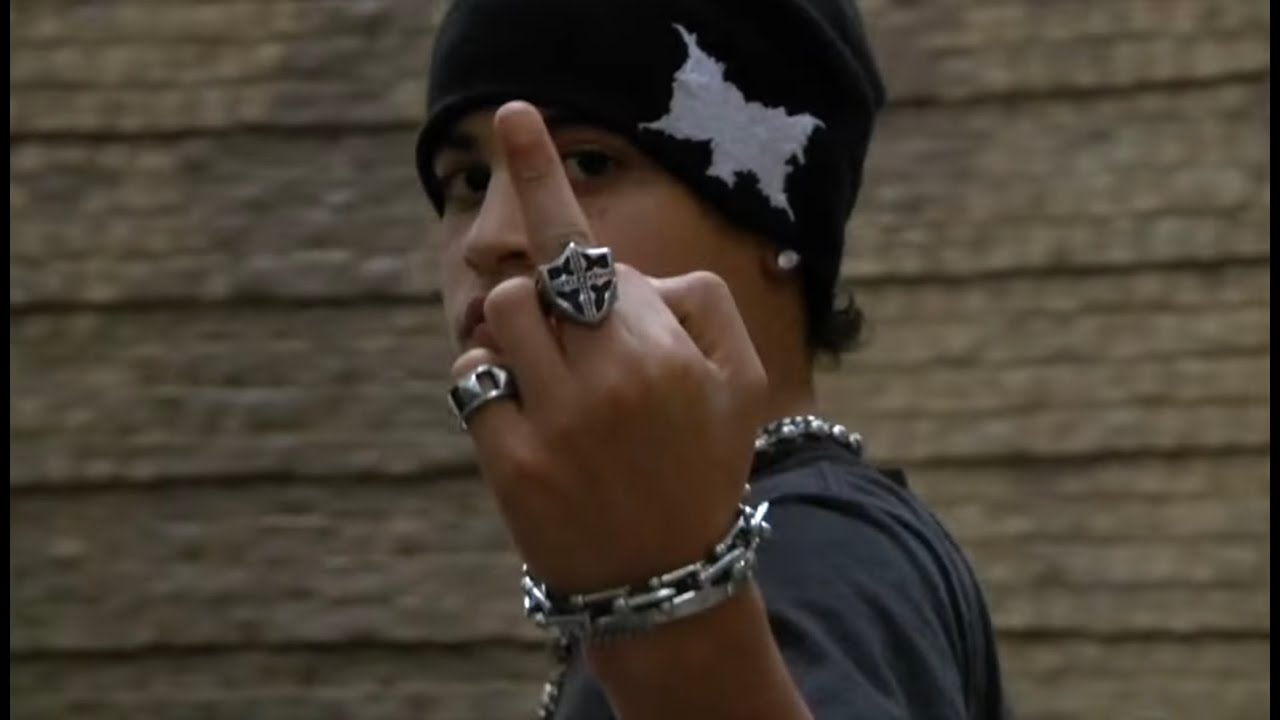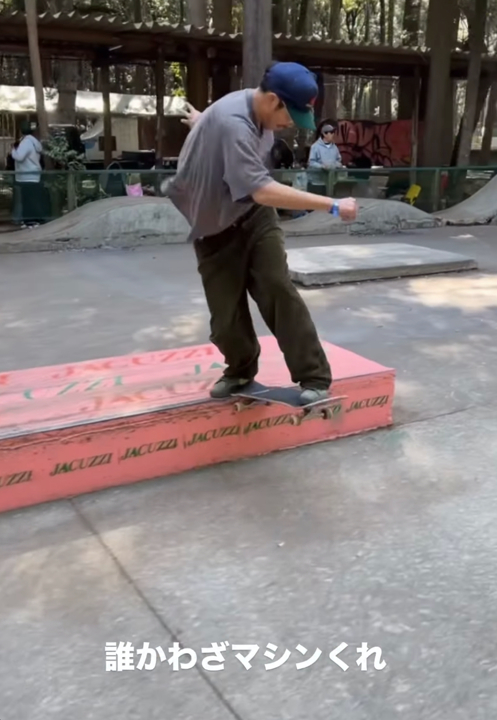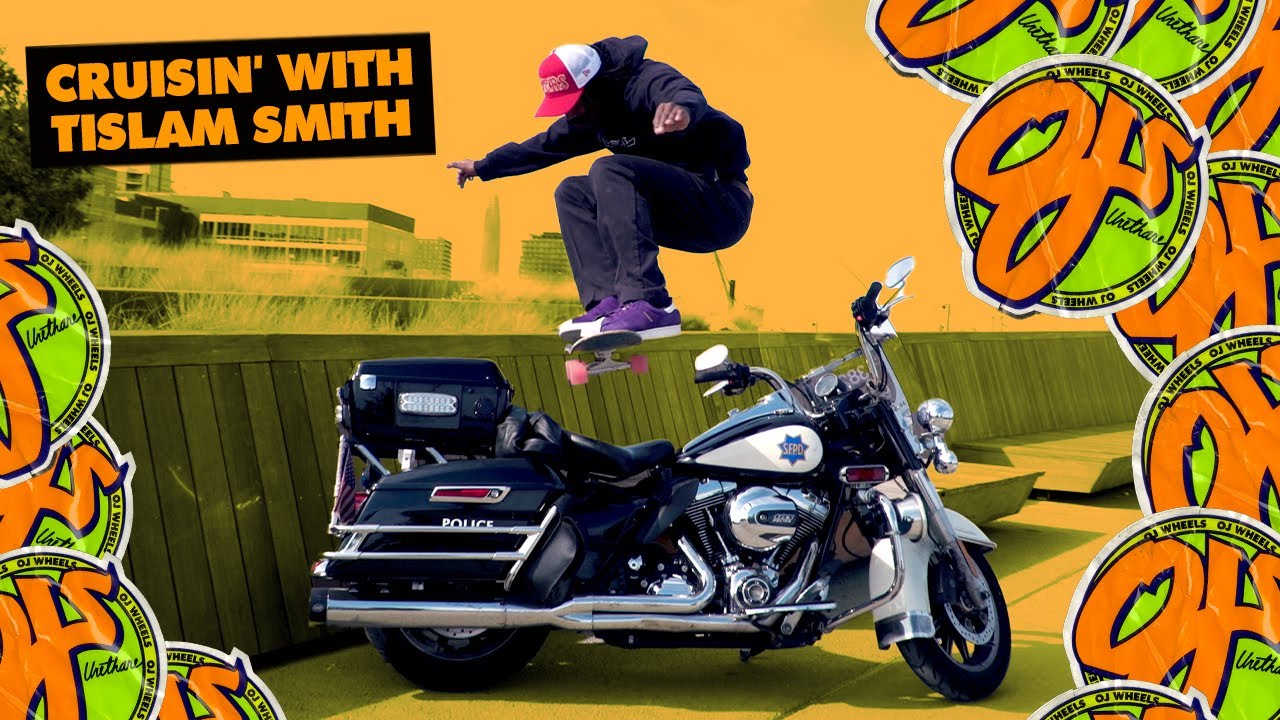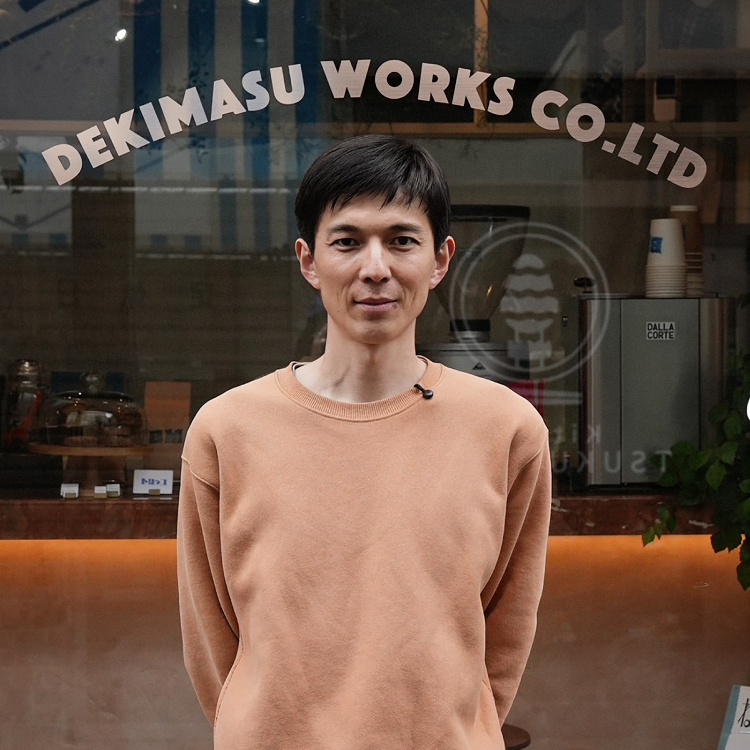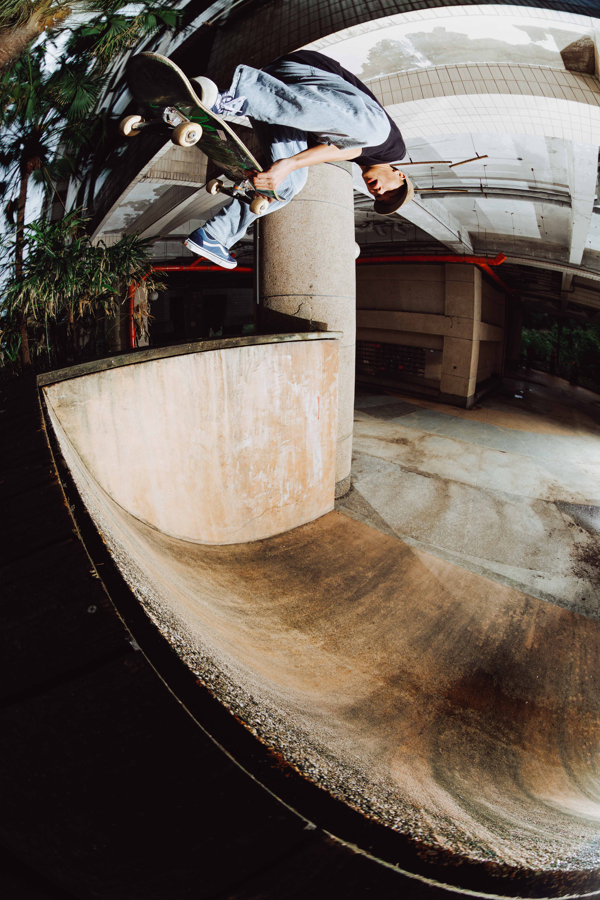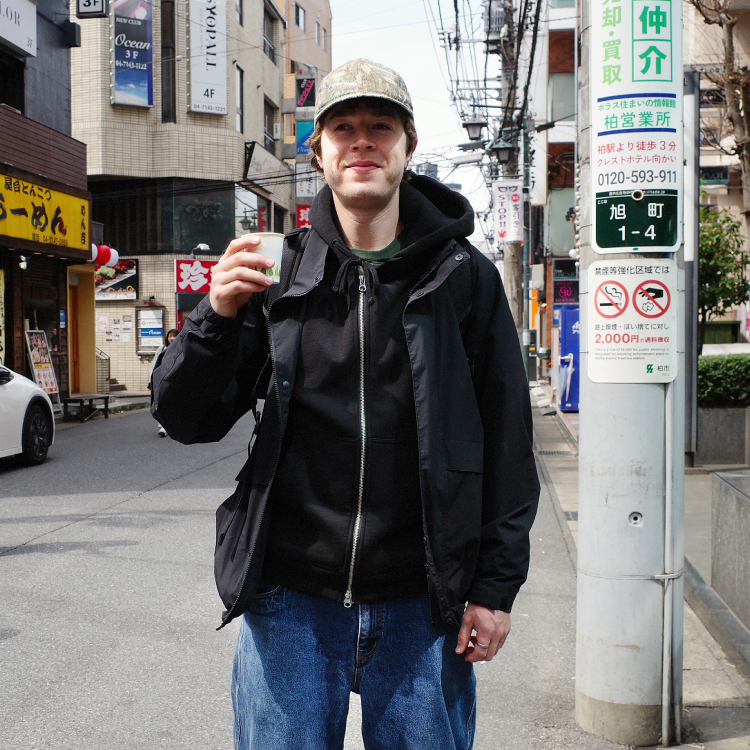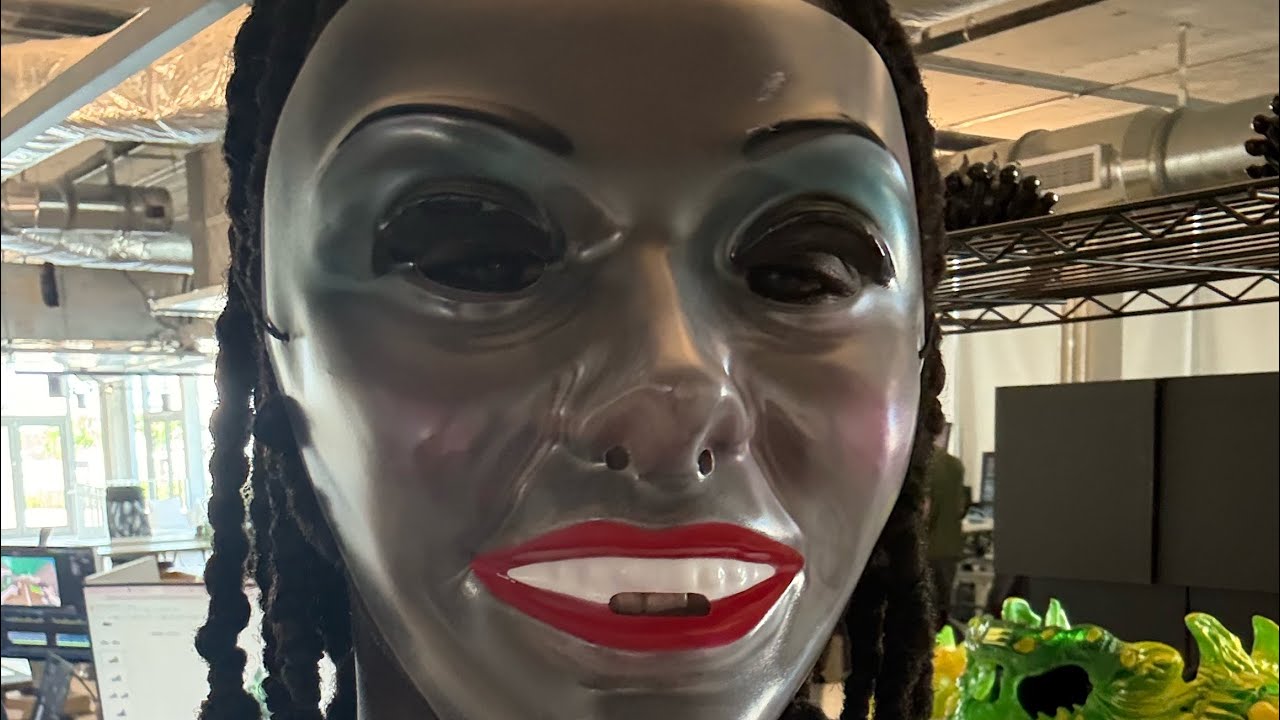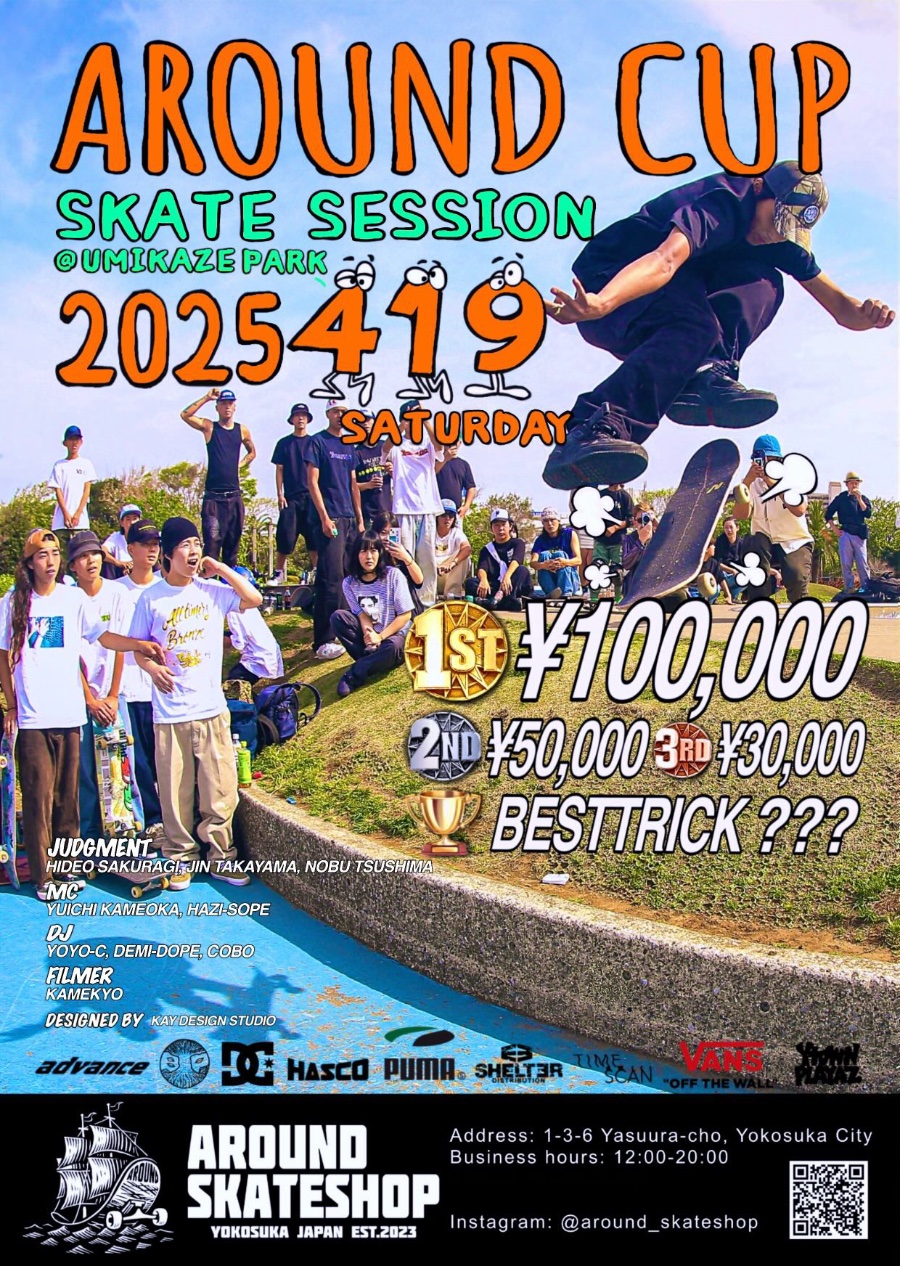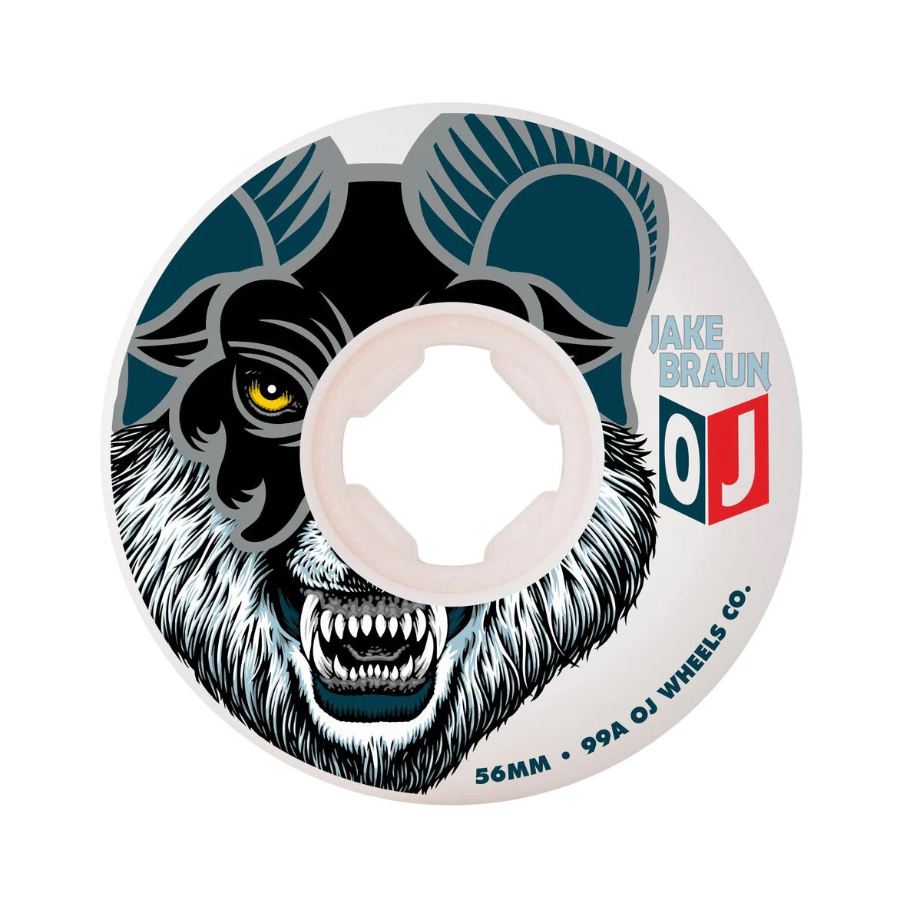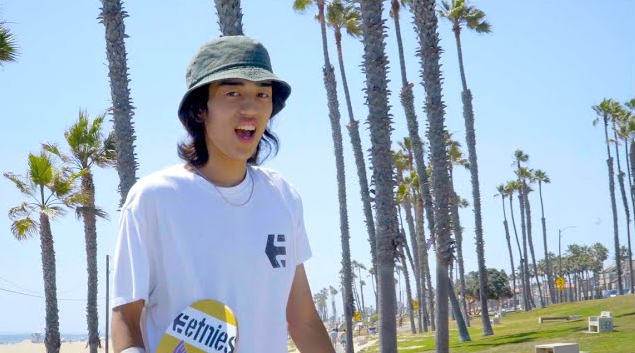The SPONSOR THEM VIDEO, featuring three skaters, has been released by HIGHSOX, a skateshop in IKB. Departing from its usual humorous style, this project takes a bold, straightforward approach. We spoke with director TK and photographer Waguri about the ideas behind it.
──HIGHSOX (ENGLISH)
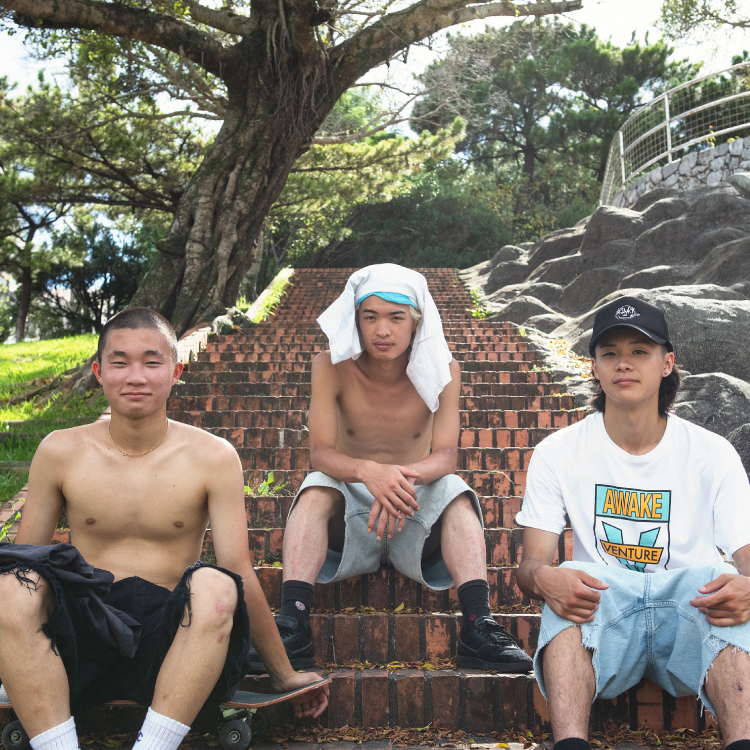
[ JAPANESE / ENGLISH ]
Photos_Waguri
VHSMAG (V): First, could you tell us what inspired you to create Sponsor Them Video?
TK (TK): We started filming this video in the latter half of 2023. Last year, we released a video called WAITING, which felt like an extension of the Sketchy Life series. That one was more about showcasing the fun of skateboarding, focusing on a lighthearted vibe—it was more of a curveball type of video. In contrast, we hadn’t made a straightforward, direct approach like this one before. The turning point came when Rio Sawada, an incredible skater, joined the team. His presence sparked the desire to create a project with a more direct and impactful style. Initially, the idea was to create a part featuring just Rio, and we started discussing that direction. Around November last year, I was scrolling through Instagram and came across a video recommendation of someone skating at the Komazawa ramp. It was such a stylish clip, and that skater turned out to be Kento Namekawa (Kenken). We reached out to him, started filming, and eventually invited him to join the HIGHSOX team. As for Tokiya Imamura, he got involved through Waguri, when they were shooting photos for Chuulip...
WAGURI (W): You know when he did that nollie flip after a braille block was added to the Shibuya 14? After the session we were all hanging out in front of a convenience store, feeling good and enjoying the moment. That’s when Tokiya approached me and said, “I’d like to join HIGHSOX.”
V: Then Kenken and Tokiya recently joined HIGHSOX. Did this video coincide with HIGHSOX's 10th anniversary?
TK: Yeah. But the pace these days is so fast. We were supposed to celebrate our 10th anniversary in July, but we couldn't make it. So we decided to get our asses in gear at the last minute and pushed hard. Tokiya's hardflip was done two days before the screening. Rio's last trick was also done three days before.
V: What were you conscious of to bring out the best in each rider?
TK: We approached this with the mindset of trying to take the riders wherever they wanted to go, doing our best to make their ideas a reality. The way younger skaters approach tricks now is completely different from back in the day. The process from deciding on a trick to actually landing it is much shorter. In the past, you’d go step by step—starting with an ollie, then a 50-50, and maybe moving on to a 5-0. But now, it’s like, “Okay, I can ollie, so let’s go straight to the main trick.” There’s no middle ground. Because of that, their decision-making is incredibly fast. We’d hit a spot, and if it didn’t feel doable, we’d quickly move on to the next one. It was all about keeping things efficient and moving forward.
W: Everything went smooth with Kenken. I have nothing to say about him since we got so many photos. Rio, on the other hand, is not really good at filming with a lot of people around.
TK: Yeah, we went to places like Azabu and Jonanjima one-on-one. It seems like when there’s a group, everyone tends to be a bit too considerate of each other. But going as a pair has its challenges too—angles become more limited, and it’s tough to manage everything. For example, at the Azabu stairs, Tokiya asked me to film from above, but I was like, “Who’s gonna watch out for pedestrians?” (laughs). Tokiya’s skating is just flawless—everything is super clean. With tricks that technical, you’d expect things to look a little sketchy sometimes, but that never happens with him. And on top of that, he goes big too—it’s seriously impressive. As for Kenken, this was his first part, so my approach was, “If it’s a trick you haven’t shown before, go for it.” He’s so versatile that we could get footage no matter where we went. So Kenken’s part was practically done pretty quick. Even his last trick was filmed back in March.
V: What was most memorable from making this video?
W: This was the first time I was working together on a HIGHSOX video like this. I had to look after the shop when they were working on the WAITING video. So it was the first time I was able to go on the HIGHSOX trip as well. The Okinawa and Osaka trips were fun, but the last week before the deadline was super tough (laughs).
V: What was that naked morning session in the end credits?
W: That was in Okinawa. I do it to the guy who wakes up last every morning (laughs).
TK: That was fun (laughs). But I thought I knew the spots in Okinawa pretty well, but they had to be bigger than I imagined. Stairs and handrails had to be 10 or bigger to get them interested. Even if I took them to a spot that I used to think was really big, I'm like, “It's too small,” because my eyes had become discerning after shooting with them. It was pretty difficult to find spots.
W: Tokiya and Rio couldn't get much clips in the first half because they felt that simple tricks weren't good enough. But in the second half, they began to realize that simple tricks work too. After that they started to stack clips and it was a good spice to the video.
TK: There were times when they wouldn't skate if they're not feeling a spot or they'd stop skating before choosing a trick if the kick-out was too quick, but they were giving their best. There was always a sense that everyone was trying to make the video really good.
V: Did you ever feel pressured?
TK: I had never made a straightforward video like this before, so I was really nervous until the day before the premiere. I didn’t know how it would be received. In the past, I’d usually create funny moments in the video on purpose—adding jokes or humorous bits. But this time, I focused entirely on skating, without any of that. So I was definitely nervous, wondering if it would work out. But at the end of the day, all three of the skaters are incredible. Each of them has their own unique style, and I just hope everyone sees that and appreciates what makes each of them special.
V: How was the TK & Waguri duo?
W: During the Okinawa trip, I left everything pretty much to TK and ended up just hanging out with the riders. I was getting close with the riders and just having fun, while TK was handling all the tough work. At one point TK told me, “I can’t do this alone.”
TK: I was pretty furious at that point. It turned into a situation where it felt like one against four. Waguri is also part of the HIGHSOX staff, and I wanted him to help. I told him, “You should help with choosing spots and think together. Did you even save a single pin for a spot?” He was like, “Sorry, I didn’t...” and was almost in tears (laughs). Since we’re in the position of leading the younger skaters, we have to guide them, and that’s our responsibility. But after that, his mindset shifted, and he started being reliable and taking initiative. There was a real sense of unity after that. I was also able to get a bit closer to the skaters so it was good. I think those tears from Waguri came from overcoming a lot of challenges. There was probably a sense of achievement in that, too.
V: You're talking about the tears at the premiere event. Waguri was so moved that he cried after the screening (laughs).
W: When I think back on it, I still feel like I could cry.
TK: We had to keep everything running, not just the shop, but everything else too. If all I had to do was focus on filming, I don’t think I would have felt this level of emotion. We had to handle sourcing products, taking photos of them, and shipping shoes—all without any days off. Being able to make it all happen in that kind of nonstop situation probably gave us an incredible sense of achievement.
W: Seeing the riders grow was huge, too. I also grew along the way, little by little (laughs).
V: Then talk about the last trick of each skater, starting with Kenken.
TK: At first, Rio was trying to do a nollie heel over a rail into the bank. When I brought Kenken along, he was like, "I think I can do a 50-50," and started walking around and trying it out. It took some time before he actually locked into the grind, but once he did, he grinded all the way to the kink. It was like he didn’t even know where to land. He kept landing on the middle flat. So we all told him that once he locked into the 50-50, he should just come off. After a few close ones, suddenly, he stuck it clean. That moment was so emotional for me.
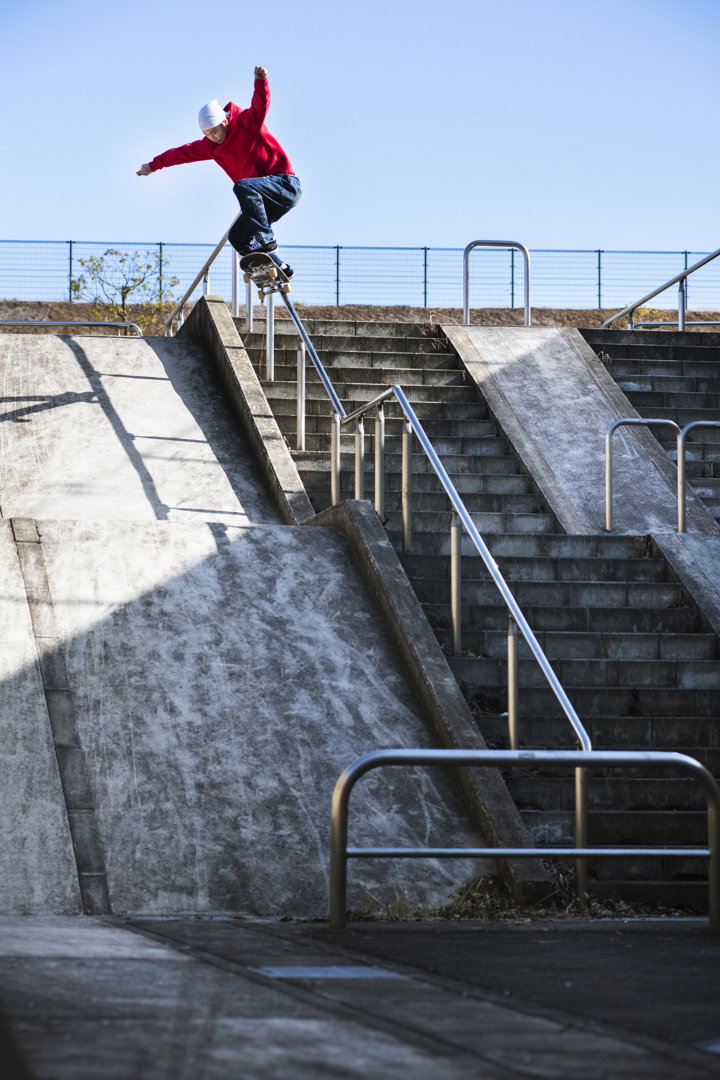
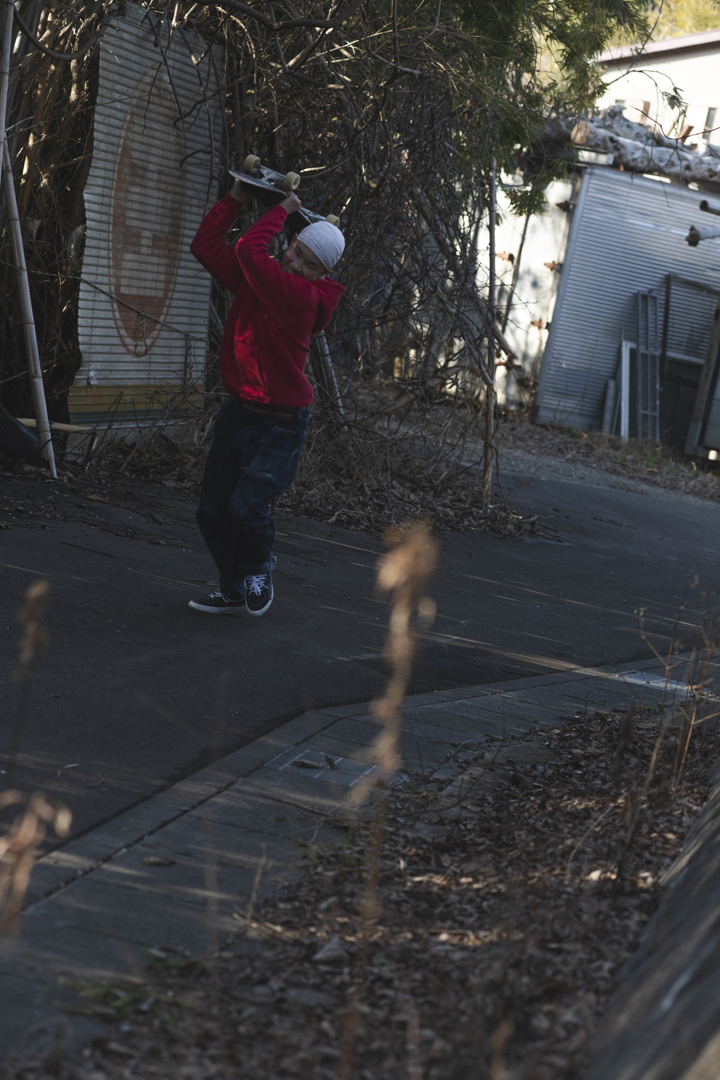
V: How about Tokiya?
TK: That spot was also a spot that Rio really wanted to hit. But when we got there, it was way bigger than we imagined, and it was in the middle of nowhere. On top of that, both the entry and the exit required an ollie. So it was much harder than we expected. We had to pick up speed from about 100 meters above, and cars were coming from all four directions, so we were shouting things like “You're good to go!” in a voice that echoed like in the mountains (laughs). It definitely took a lot of time to get it right.
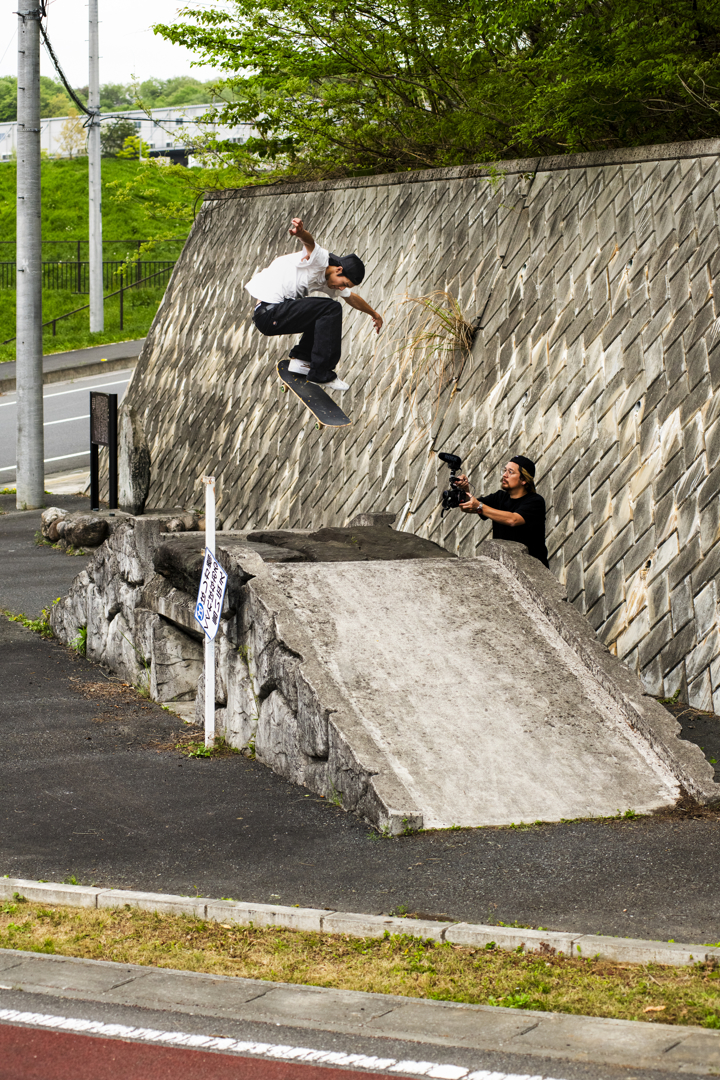
V: Then Rio's frontside kickflip. That spot is a special place for Ikebukuro locals, right?
TK: About eight years ago, one of the HIGHSOX riders, Muts, tried to hit that spot. We built a bank to drop in, set everything up perfectly, and everyone was cheering him on, but he didn’t even come close. It was like he was just falling apart mid-air. He still says he wants to try it again but so many skaters from overseas are coming now. I just couldn’t stand the thought of someone else from outside getting a clip there, especially after seeing that local spot in Ikebukuro like every day. I didn’t want it to be the case where someone random, not from the local scene, just came in and hit it. That’s the one thing I really wanted to avoid. It was a double set back in the day and Issey Yumiba got a clip. It was like, “Someone from outside Ikebukuro came and did it!” So we were determined to do it ourselves this time. I kept asking Rio, “What do you think?” and he was like, “I think I can do it.” He made the ollie in three tries, and it was a place where even an ollie had never been done before, so I was like, "Seriously?" Then he tried a kickflip about five times. It seemed like a frontside kickflip might work better, so he started working on that instead, even though he hadn’t landed a kickflip yet. That was the first day.
W: On the first day, it kept raining and stopping, so we couldn’t really get into a good rhythm. It was also a bit early, so there were more people around than we expected.
TK: The second time, we got kicked out. We had to wait for the signal, making sure everything was perfect and in the best possible condition before trying. That meant it took time. When we missed the signal, the pace slowed down to just one try every 10 minutes. With that kind of pressure and focus required, some random guy called the police and we had to stop. So in the end, it came down to, “If we can’t do it today, we’ll have to try again the day before the screening.” That’s when Naoyan from KINARI, Hedroman from Okinawa, and Kujirai-san came to help. Up until then, nothing came close. He’d hit the tail and clear the stairs, but the board wasn’t under his feet. But I had a feeling that when he did land it, it would happen in one shot—once the board came under his feet, I knew he’d stick it. We all sharpened our focus. The mismatch between the approach distance and the length of the stairs was insane. There were about three moments when I thought, “This might work,” and when Naoyan encouraged him, suddenly, he landed it clean. He barely cleared the stairs, but he held it together, and we were all just shouting. It was a one-shot make with no bails. It felt like a miracle.
W: I could only see what happened after the moment had passed. I was focused on catching the moment when he caught the board, waiting for it through the lens. I couldn't tell if he landed or not. He passed by, then when I looked, I was like, “Oh, he’s rolling away!”
TK: By making that trick with a running push instead of using the bank to drop in on, I think he really raised the difficulty level of that spot. I feel like Rio represented Ikebukuro and nailed it for us. In the Azabu clip right before the last trick, I told him, “Let’s go home,” but we structured it so that, visually, it returns to our home Ikebukuro at the end. There’s always been this feeling of, “This is our home.” While I’ve always dreamed of having a screening in a big place in Shibuya, I also feel like that’s not the way to go. As a local shop, I wanted to elevate our own place and make it something meaningful.

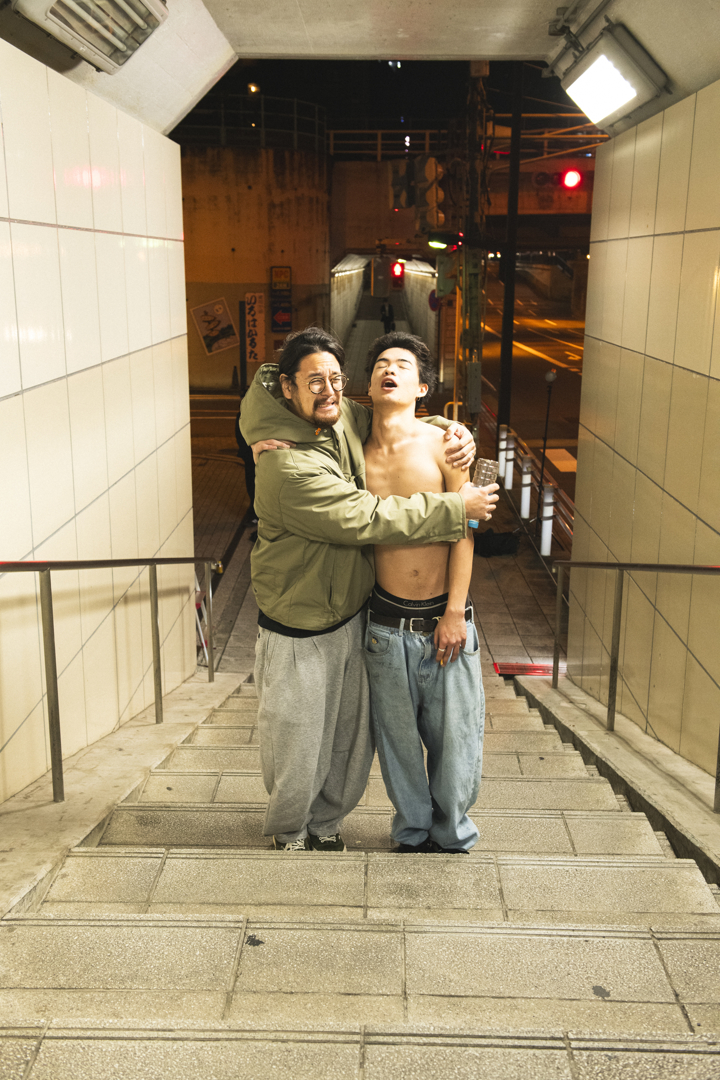

V: What kind of skateshop is HIGHSOX?
TK: I want it to be a place of admiration. I remember thinking, “People working at skateshops are so cool,” when I was a kid. I want it to be a shop that can continue to have that kind of impact. With that feeling in mind, I approached making this video with the sense of creating the most amazing skateshop video out there.
V: What’s the message behind the title SPONSOR THEM VIDEO?
TK: The title was actually difficult... I always want to have a concept, but with the previous video WAITING, it was about "waiting for something together," and the idea was to move forward toward that. Nowadays, it’s common for people to be recognized for their things on social media, but I believe the foundation is still in video parts. Also, we realized that we can’t fully help our riders reach their potential on our own. We want to take them abroad, but there are limitations. It’s not just about our own efforts; we want more people to cooperate and support them. I think the title reflects that message clearly. It wouldn’t make sense to get too fancy, like naming it BLUE just because HIGHSOX's color is blue. What we really want to convey is that we want more brands to sponsor them and create more opportunities for them to succeed.
V: How does Waguri feel about that idea?
W: My main goal was for those three to seize the opportunity, so I’m happy with how straightforward it turned out. It’s so clear that I just think, "Well, that's good."
TK: The motion graphics were created by Kujirai-san, and they’re actually product tags. The concept behind them is to encourage everyone to support and "buy" the three of them.
W: It's an auction. Human trafficking.
V: What are your thoughts when you look back on the 10 years of HIGHSOX's journey?
TK: Well, it feels like it's been both long and short... I guess it's been quite a long journey. I do feel like we've finally made it this far. HIGHSOX started when the owner of MxMxM asked me, "Why don't you open a skateshop?" But gradually, I began to feel more responsibility and started thinking of it as my own shop. The staff has grown, and there have been ups and downs in skateboarding, but I’ve always wanted to create a space where we can continue doing what we love, without letting those waves stop us. There’s been so much that it's hard to put into words, but I’ve been blessed with a great team. It’s really moving.
V: How about you, Waguri?
W: I'd been just goofing off...
V: But that's one of the important aspects of HIGHSOX.
TK: Exactly. I really focus on maintaining that balance. The main goal is to have fun with skateboarding, and at the core, it's about creating a fun shop. We're always joking around, but every now and then, it's about showing that we take skateboarding seriously, and I think that's the message of this video.
W: When I take a serious approach to customer service, they often say, "You're surprisingly normal."
V: If there's anything you'd like to convey to the brands out there, what would it be?
TK: The main thing is that I want to create opportunities for the riders. What we can do is probably limited to that. I want to tell the brands, "Is everything okay with how things are now? There are people out here working this hard." Even without getting paid, there are people doing incredible things, so I want the brands to support them.
W: For me, it's enough if the riders feel like "I'm glad I joined HIGHSOX." Even more so, I hope the kids we offered to join the team but turned us down later think, "I should've joined after all" (laughs).
TK: We're going to keep moving forward. We want to make even better things next, and I believe we can still do a lot more. We're aiming to surprise everyone. Watch us. I'm aiming to create the best skateshop in the universe. We have to keep aiming higher. I think it's about having big goals and clearing each small step one by one. I’ve always wanted to make the best skateshop in the universe, and I’m going to keep working hard for it!

HIGHSOX
@highsoxskateboards
HIGHSOX is a skateshop in Ikebukuro, which celebrated its 10th anniversary this year. It's the hub for the local skate community. Their goal is to become the best skateshop in the universe.









